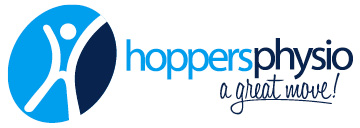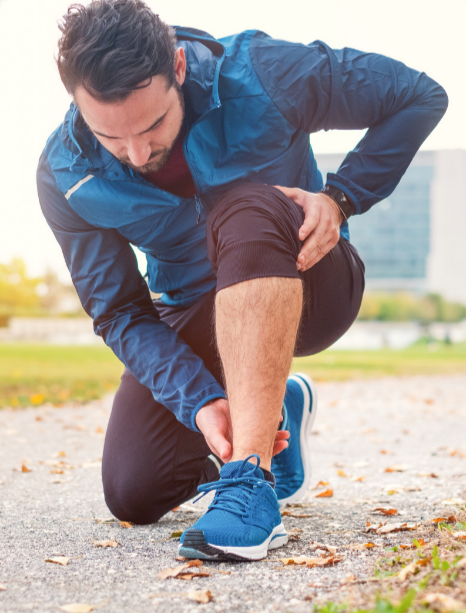Boney Stress Injuries
What can cause Boney Stress?
Boney stress can be caused by a sudden increase in physical load such as beginning a new running program, sport or activity resulting in an overload/overuse injury. One type of overuse condition that is seen in physiotherapy clinics is bone overuse injuries.
Two common types are:
- Stress reaction: With a repeated overload of strenuous weight-bearing activities, along with inadequate recovery. This could lead to the bone having an inability to withstand the current demands being placed on it, resulting in localised pain in the bony area along with inflammation. This is known as a stress reaction and is often the pre-cursor to a stress fracture.
- Stress Fracture: Should continual overloading of the bone occur without intervention; a stress reaction can lead to a partial or complete fracture being present.
The bones that are typically affected are in the lower limb. They can occur in the femur (thigh bone), foot or tibia (shin).
What are the signs?
Key signs of a potential boney stress overload injury:
- Pain with Weight-bearing exercise/sport, that worsens with continual participation and subsides with rest.
- Swelling and tenderness of the bone itself.
- Significant increase of volume of exercise ie: Preseason, new sport, change in surface
- For Lower limb stress injuries, it may be very painful to hop and jump or the individual may be unable to.
How are they treated?
The most important aspect of rehabilitation for bone overuse injuries is the cessation of sport and aggravating activities. Once it is diagnosed your physiotherapist is able to guide you back into a gradual return of activities. For those that present with a stress fracture of the leg, you may be required to use a moon boot or gait aid for 6 weeks. This is in order to take the weight off the bone to allow for sufficient healing. This is a shared decision with a GP or sports physician.
Strengthening exercises are also important in recovery. Training other muscle groups in the hips, core and the opposite leg can be done whilst waiting for the healing process of the affected area. As you are able to place more pressure through the area of injury a graded strengthening and return to exercise/running program is able to begin. Strength is a key part of recovery as bones adapt to the forces placed through them.
If you are concerned about a potential bone-related overuse injury please don’t hesitate to book an appointment with one of our physiotherapists. Your physiotherapist can also assist in developing or modifying your new training program to reduce the risk of injury.

